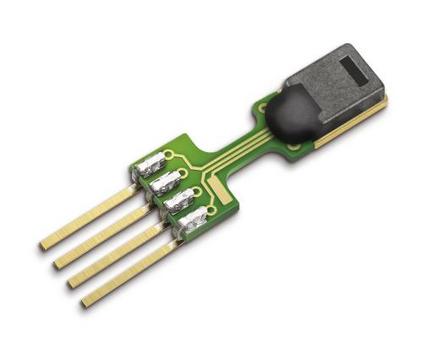Sensor data and Vehicle-to-Everything (V2X) communication can greatly assist Connected and Autonomous Vehicles (CAVs) in situational awareness and provide a safer driving experience. While sensor data recorded from devices such as radar and camera can assist in local awareness in the close vicinity of the Host Vehicle (HV), the information obtained is useful solely for the HV itself. On the other hand, V2X communication can allow CAVs to communicate with each other and transceive basic and/or advanced safety information, allowing each CAV to create a sophisticated local object map for situational awareness. This paper introduces a point-to-point Driver Messenger System (DMS) that regularly maintains a local object map of the HV and uses it to convey HV's Over-the-Air (OTA) Driver Intent Messages (DIMs) to nearby identified Target Vehicle(s) (TV(s)) based on a list of pre-defined common traffic applications. The focus of this paper is on the lane change application where DMS can use the local object map to automatically identify closest TV in adjacent lane in the direction of HV's intended lane change and inform the TV via a DIM. Within DMS, the paper proposes a TV recognition algorithm for lane change application that utilizes the HV's Path History (PH) to accurately determine the closest TV that could potentially benefit from receiving a DIM from HV. Finally, DMS is also shown to act as an advanced warning system by providing extra time and space headway measurements between the HV and TVs upon a number of simulated lane change scenarios.
翻译:虽然从雷达和照相机等设备上记录的传感器数据有助于在主机车(HV)附近的地方认识,但所获得的信息只对HV本身有用。另一方面,V2X通信可以使主机相互沟通,并传输基本和(或)高级安全信息,使每台CAV能够制作一个复杂的当地视情感知目标地图。本文介绍一个点对点的司机信使系统(DMS),定期维护HV的当地目标地图,并利用它向附近的目标车(DM)传送HV的超超时信息。另一方面,V2X通信可以使主机能够根据预先界定的共同交通应用清单相互沟通,传输基本和(或)高级安全信息,使每台CAV能够制作一个对路况感知的当地目标地图,以便自动地识别DMV最接近的车道图,同时通过HVSMA的路径图显示最接近的车路况,使HMSV的车路况得到最终的识别。




